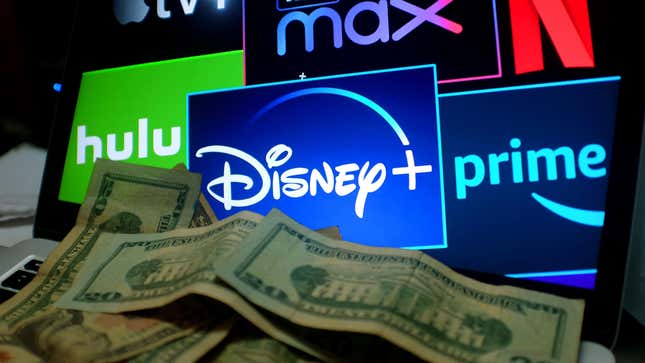
Just how much money will users inevitably be willing to spend on streaming services, and how will that impact providers’ subscriber numbers.Photo: DANIEL CONSTANTE (Shutterstock)
There was a time, a little less than a decade ago, when owning multiple streaming services did not cost users a full, or even 1.5 times that of a cable package. It was a beautiful time of cheap entertainment that would not—or perhaps could not—last.
Price bumps come in waves. The last big one was late last year, when practically every major streaming service including Disney+, Hulu, AppleTV+, and more raised prices by a few bucks per month. The first half of 2023 has seen sporadic increases in subscription prices such as Paramount+, even if Showtime added some value. Most recently, NBC’s Peacock subscribers learned their monthly costs would be going up by $1 for Premium and an extra $2 for Premium Plus. On Thursday, YouTube Premium also saw a bump in price after Google saw waning ad revenue.
Then there are the more subtle price increases, such as Netflix nixing its Basic subscription option, leaving the next cheapest ad-free option as the Standard tier at $15.49 a month. Warner Bros. Discovery’s confusing rollout of its Max streaming service combining HBO with Discovery content, but the company also took away 4K streaming from its $15.99 tier and moved it over to its $19.99 “Ultimate” plan.
Netflix has raised prices by over 90% since its streaming service first came on the scene in 2007, with one of its more dramatic increases occurring in the last few years. You could tune your watch to Netflix’s periodic price increases, knowing that every two to three years you’re more likely to see a price jump.
The service’s fees differ dramatically from country to country, though some users overseas saw some price cuts earlier this year. That said, Netflix prices in the U.S. have been on an upward trajectory for years, and there’s no hint that will slow down in the future. A Forbes survey said that more than 85% of households are subscribed to at least one streaming service and most spend at least $39 a month for different services, meaning that there’s very little room for growth.
It could all come back to content. Netflix has set a $17 billion limit for content spending through the end of this year, which could go on longer. In Forbes’ survey, a huge chunk of streaming users sign on to these services to watch just one show. Content production timelines are going to be greatly upset by the ongoing writers and actors strikes that have shut down wide swathes of Hollywood. As writer and producer Blake Masters (creator of the Showtime show Brotherhood) put it on an episode of the Movie Picket podcast, the current media industry is full of “vertical monopolies negotiating as a cartel.” These companies care less and less about how “good” content is, but would rather treat it as “electricity going through the power grid” that’s monetized through a “big swampy subscription state.”
Essentially, the only way to continue growing is by expanding subscribers and making those who remain pay more for it. That’s why Netflix has put so much attention on password sharing and its ad-based tier. The company hosts all those who don’t pay for Netflix and will find their way towards downloading and paying. But there’s an inevitable cap to the number of users, meaning increased prices are one of the few things that streaming services can use to give investors the continuous growth they crave.
We looked at all the major streaming services and gauged what they would cost in another 10 years based on their historic pattern. No, it’s not a scientific measurement by any means, and we’re not adjusting for future inflation. We’re just doing some back-of-the-napkin math adding up the average dollar amount a service’s price has gone up each year and multiplying by 10. It’s more of a demonstration of how services are draining wallets at an increasing pace every year. (Also keep in mind that American wages have stagnated since the 1970s) Eventually, likely in the next few years, streamers will find customers have simply hit their limit.
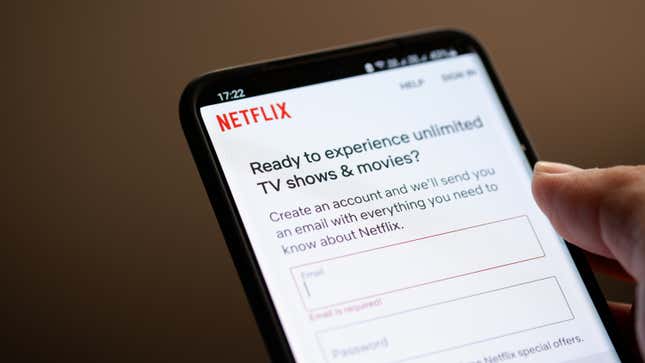
Photo: wisely (Shutterstock)
Netflix’s starting price for Standard in 2013: $7.99 a month
Netflix’s current price for Standard in 2023: $15.49 a month
Netflix’s potential price in 2033: ~$29.99+ a month
Netflix’s price has experienced the most dramatic turn of any streaming service. Part of that is due to the legacy of the service that first popularized streaming video. Since 2013, the service has seen five separate price increases. Netflix went from $10.99 a month to $12.99 in 2019, and streaming prices went up an extra $1.50 in January 2022. Based on this standard, users can easily expect another $1-to-$2 increase in another year’s time.
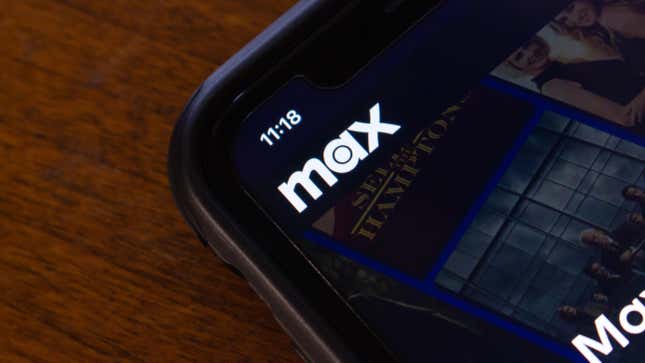
Photo: Koshiro K (Shutterstock)
HBO Max starting price for ad-free streaming in May 2020: $14.99 a month
Max starting price for ad-free streaming in 2023: $15.99 a month
Max’s potential price in 2033: ~$19.99+ a month
What was previously dubbed HBO Max has been rebranded and flooded with Discovery content. Prices stayed relatively the same, but features like 4K streaming were put into more expensive tiers.
It took the company three years to see any kind of price bump. The ad-free tier price increased by $1 in January of this year. Now, Warner Bros. Discovery could easily find the need for more drastic increases in the future, meaning an estimated $4 increase is extremely conservative.
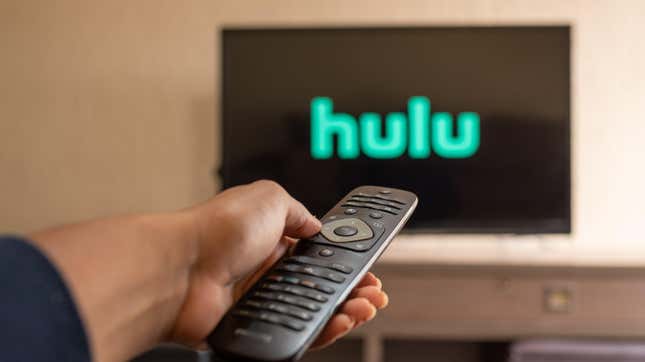
Photo: Anna Quelhas (Shutterstock)
Hulu (Premium) starting price for (mostly) ad-less subscription price in 2013: $7.99 a month
Hulu (No Ads) starting price for ad-less streaming in 2023: $14.99 a month
Hulu’s potential price in 2033: ~$27.99+ a month
The Walt Disney Company bought a majority share of Hulu back in 2019, and since then it’s become a major part of the House of Mouse’s streaming brand. Soon, Disney plans to combine Hulu, ESPN+, and Disney Plus content under one roof, meaning the price is pretty moot. We still don’t know what kind of pricing would be contained in a combined app, though currently, a bundle with all three streaming services without ads costs $19.99 a month. Just think about that price, plus several years of cost increases.
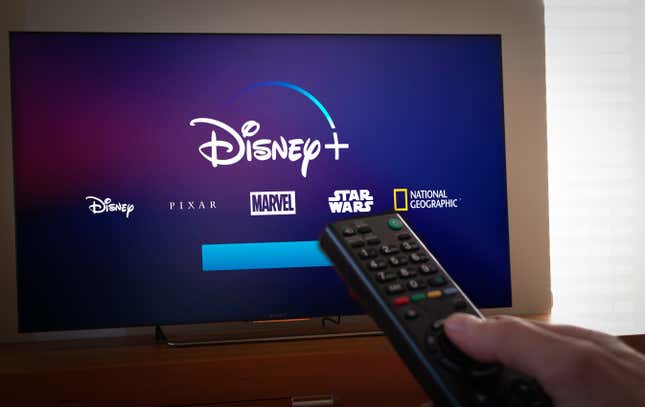
Photo: Ivan Marc (Shutterstock)
Disney Plus starting price for ad-less content in November 2019: $6.99 a month
Disney Plus Premium subscription without ads in 2023: $10.99 a month
Disney Plus’ potential Premium price in 2033: ~$24.49+ a month
As per the section on Hulu, Disney plans to combine its multiple streaming apps into one, which could potentially lower costs. Disney Plus saw dramatic price increases from March 2021 into December 2022, especially considering how the service launched for cheap just four years ago with the backing of one of the largest multi-media conglomerates in the world. That rate of increase in a short time could presage more dramatic changes especially when the service lost millions of subscribers after Disney left India cricket games at the door.
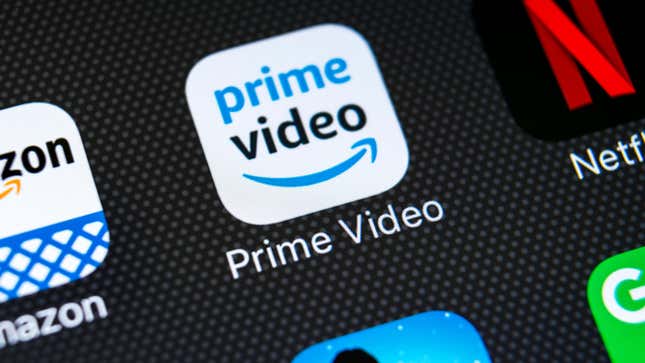
Photo: BigTunaOnline (Shutterstock)
Prime Video starting price in April 2016: $8.99 a month (Prime membership $99 a year)
Prime Video current price: $8.99 a month (Prime membership $139 a year)
Prime Video potential price in 2033: ~$8.99+ (???) (Prime Membership $179 a year)
Prime users get Prime Video as a package deal, helping incentivize more people to shop on the online giant’s site even with free two-day shipping. The increase in Prime membership came just before new reports claimed total Prime subscribers had been in decline for months. There’s also Amazon’s Freevee, which essentially acts as a gateway drug to the Prime Video experience. In this ecosystem, Prime Video is the incentive, rather than the product itself. That being said, just because Prime Video hasn’t experienced a price bump in seven years doesn’t mean it isn’t due for one, and based on how other services have raised costs, it will likely come soon.
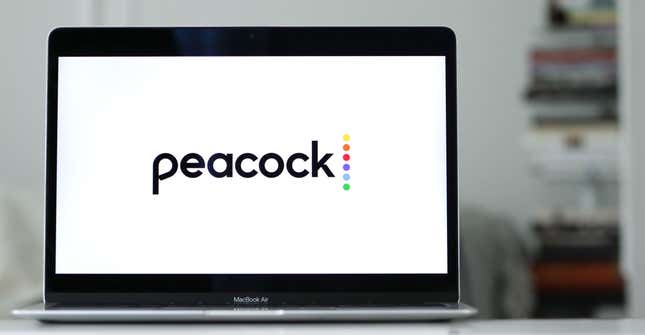
Photo: Wirestock Creators (Shutterstock)
Peacock starting Premium price in 2020: $4.99 a month
Peacock starting Premium price in 2023: $5.99 a month
Peacock potential Premium price in 2033: ~$8.99+ a month
NBCUniversal’s main television streaming service had the benefit of being able to learn from those that came before. It burst onto the scene with a few bits of original content such as Brave New World alongside some older, well-loved content like Battlestar Galactica, Parks and Rec, and The Office. The service also offered a free, ad-supported tier, but the company removed the option to watch for free earlier this year after its earnings report showed the streaming division had been losing money hand over fist. It took the company three years to increase the price for “Premium” by $1 and its “Premium Plus” by $2, from $9.99 to $11.99.
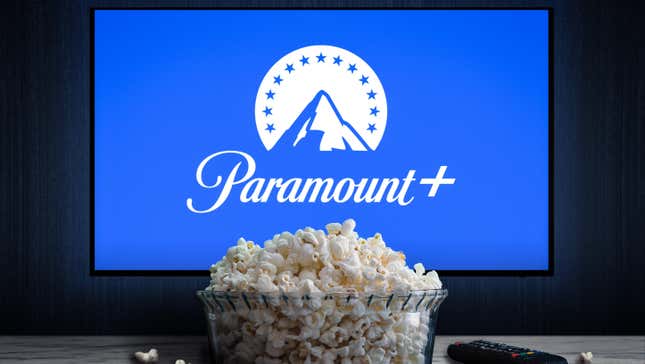
Photo: JOCA_PH (Shutterstock)
Paramount Plus (CBS ALL ACCESS) with no ads in 2014: $9.99 a month
Paramount Plus with Showtime and no ads in 2023: $11.99 a month
Paramount Plus with Showtime potential price in 2033: ~$13.99+ a month.
Paramount Plus, Paramount Global’s mainstay streaming service has gone through many changes as of late, not the least of which was its re-merger with CBS and Viacom that brought in more content from those networks. It took until 2021 before the service fully rebranded as Paramount Plus, one that would also add some limited access Showtime content, and by 2023 the “Paramount+ with Showtime” tier fully integrated Showtime content while also bumping up its price. Showtime, as its own app, is set to be discontinued by the end of the year. The turmoil at Paramount could finally be calming down, but that doesn’t mean the streaming price will sit stagnant if it is to compete with more popular services.
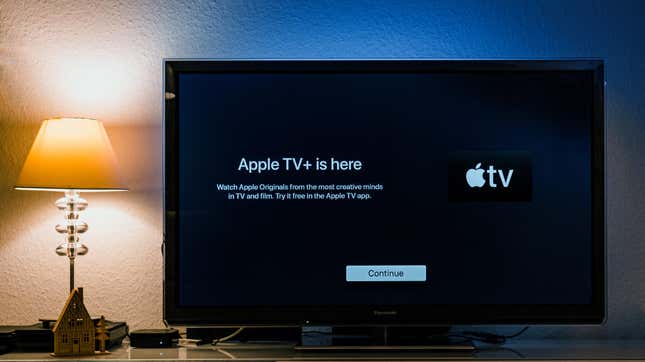
Photo: Hadrian (Shutterstock)
Apple TV Plus starting price in November, 2019: $4.99 a month
Apple TV Plus price in 2023: $6.99 a month
Apple TV Plus potential price in 2033: ~$12.99 a month
Apple TV Plus started in 2019 for a measly $5. Even with the might of Apple behind it, the service still increased costs in October last year to $6.99. If the company increased prices every three years, you’d end up paying quite a lot more for the umpteenth season of Ted Lasso. While Apple and Amazon can support their services with their enormous backend of tech products and software, other companies like Netflix need to depend almost entirely on their streaming catalog. Even with that, these services wouldn’t be able to entirely avoid rising costs.


















 English (United States) ·
English (United States) ·